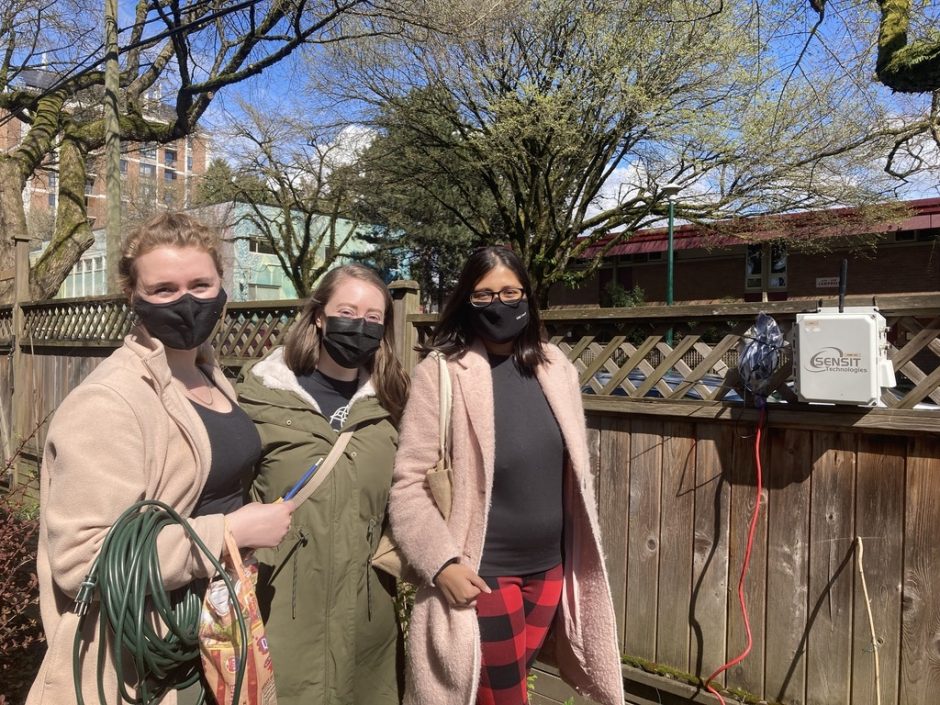
Multi-dimensional urban environmental justice analysis
This research aims to make two major contributions. The first one is characterizing the interactions, synergies, and trade-offs between environmental variables like air pollutant concentrations, walkability, green space, and temperature to explore the multi-dimensional assessment of urban environmental quality. The second part is investigating the changes in the distribution of environmental quality (spatially and between different social groups) over time. Suggestions for urban planning and policymaking with regard to social justice and environmental quality can be made considering these interactions with specific environmental variables. For example, limiting traffic intensity in highly walkable communities with high vulnerability to air pollution.

Adapting air quality estimation methods for environmental justice
Carefully adapting and applying air quality models for an environmental justice context is often critical for reliable, informative results. This research explores how to select and adapt air quality estimation methods specifically for environmental justice, with a particular focus on Canada. From a project addressing neighborhood scale air pollution in Vancouver, to one investigating disproportionate emissions and impacts of industrial air pollution across Canada, models being used in creative ways to answer the need for more information on environmental justice in Canada. This research advances understanding of justice issues, compares intervention strategies, and can help to guide policymakers in effectively advancing a more just society.